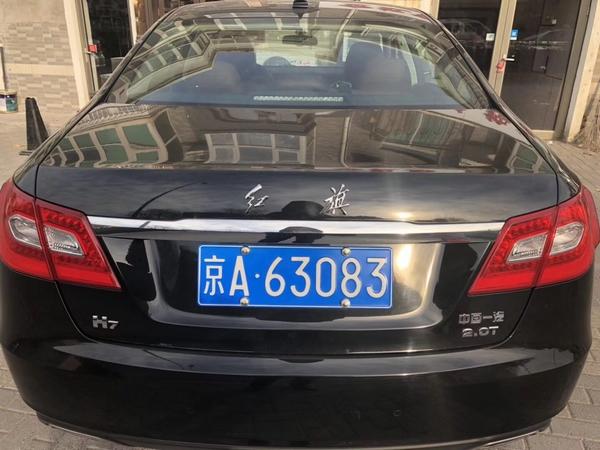1
2
3
4
5
6
7
8
9
10
11
12
13
14
15
16
17
18
19
20
21
22
23
24
25
26
27
28
29
30
31
32
33
34
35
36
37
38
39
40
41
42
43
44
45
46
47
48
49
50
51
52
53
54
55
56
57
58
59
60
61
62
63
64
65
66
67
68
69
70
71
72
73
74
75
76
77
78
79
80
81
82
83
84
85
86
87
88
89
90
91
92
93
94
95
96
97
98
99
100
101
102
103
104
105
106
107
108
109
110
111
112
113
114
115
116
117
118
119
120
121
122
123
124
125
126
127
128
129
130
131
| package main
import (
"fmt"
"strconv"
)
func MakeTwentyFour(nums []int) (expr string, found bool) {
_assertEqual(4, len(nums))
var fnums []float64
var exprs []string
for _, num := range nums {
fnums = append(fnums, float64(num))
exprs = append(exprs, strconv.Itoa(num))
}
found, expr = solve(fnums, exprs)
return
}
func solve(nums []float64, exprs []string) (found bool, solution string) {
_assertEqual(true, len(nums) >= 1)
_assertEqual(len(nums), len(exprs))
if len(nums) == 1 {
return nums[0] == 24, exprs[0]
}
for i := 0; i < len(nums); i++ {
for j := 0; j < len(nums); j++ {
if i == j {
continue
}
nextExprs := make([]string, 0, len(exprs)-1)
nextNums := make([]float64, 0, len(nums)-1)
for k := 0; k < len(nums); k++ {
if k == i || k == j {
continue
}
nextExprs = append(nextExprs, exprs[k])
nextNums = append(nextNums, nums[k])
}
for _, op := range []byte{'+', '-', '*', '/'} {
var num float64
switch op {
case '+':
num = nums[i] + nums[j]
case '-':
num = nums[i] - nums[j]
case '*':
num = nums[i] * nums[j]
case '/':
num = nums[i] / nums[j]
}
nextNums = append(nextNums, num)
nextExprs = append(nextExprs,
fmt.Sprintf("(%s%c%s)", exprs[i], op, exprs[j]))
if found, solution = solve(nextNums, nextExprs); found {
return
}
nextNums = nextNums[:len(nextNums)-1]
nextExprs = nextExprs[:len(nextExprs)-1]
}
}
}
return false, ""
}
func _assertEqual(expected, actual interface{}) {
if expected != actual {
panic("assertion failed")
}
}
func main() {
cases := [][]int{
{1, 1, 1, 1},
{2, 2, 2, 2},
{3, 3, 3, 3},
{4, 4, 4, 4},
{5, 5, 5, 5},
{6, 6, 6, 6},
{3, 3, 7, 7},
{1, 2, 3, 4},
{2, 3, 4, 5},
{3, 4, 5, 6},
{4, 5, 6, 7},
{5, 6, 7, 8},
{6, 7, 8, 9},
{7, 8, 9, 10},
{3, 8, 4, 5},
{3, 3, 7, 9},
{13, 3, 13, 1},
{11, 3, 7, 2},
}
for _, nums := range cases {
expr, found := MakeTwentyFour(nums)
if !found {
fmt.Printf("%v: not found\n", nums)
} else {
fmt.Printf("%v: %s\n", nums, expr)
}
}
}
|

